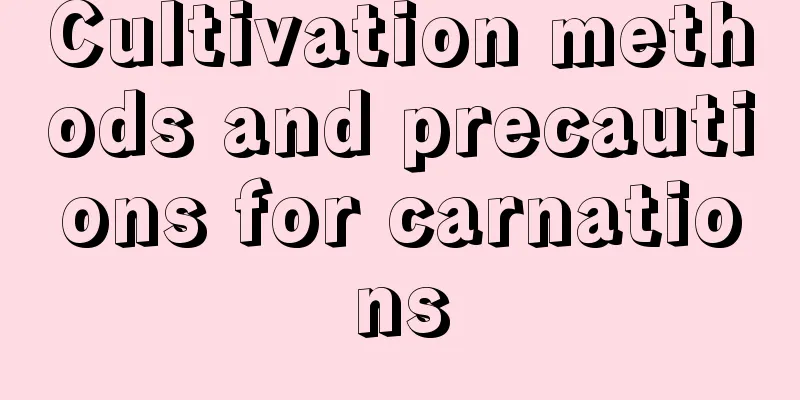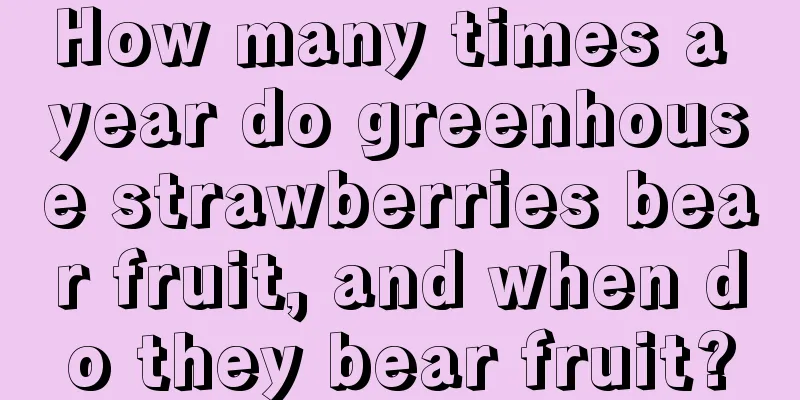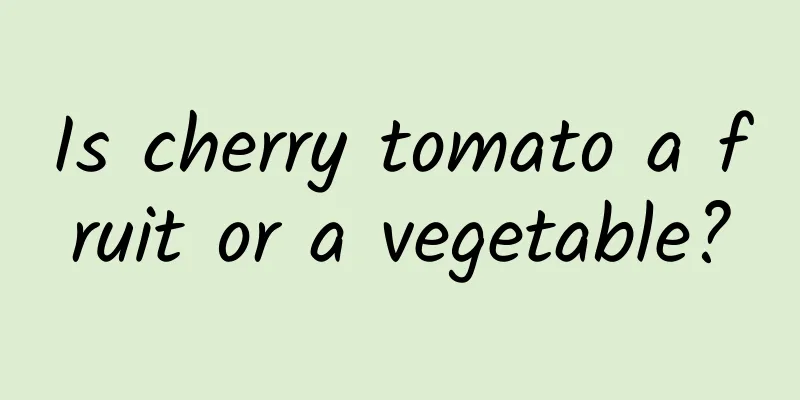Is it better to use sprinkler irrigation or drip irrigation for orchards?

|
Orchard irrigation is a key technology in orchard planting and has a vital impact on orchard yield, quality and tree growth. Only by using scientific irrigation technology can we meet the water needs of fruit trees at different growth stages, promote the healthy growth of trees, and improve the economic benefits of the orchard. So is it better to use sprinkler irrigation or drip irrigation for orchards? Let’s learn more about it below. Is it better to use sprinkler irrigation or drip irrigation for orchards? Sprinkler irrigation and drip irrigation each have their own characteristics. Generally, if the orchard has relatively sufficient water resources, complex terrain, and hopes to save land and labor, sprinkler irrigation may be a better choice. If water resources are scarce, precise control of water and fertilizer supply is required, and you are willing to invest more money in equipment maintenance, then drip irrigation may be more suitable. When is the best time to water the orchard? 1. Spring budding period In spring, fruit trees sprout and grow flower buds, which requires more water. At this time, spring droughts are prone to occur in many areas, so timely irrigation is needed to better promote the growth of spring shoots, increase the size of leaves, and improve the potential for flowering. The general irrigation time is around mid-to-early March. 2. New shoot vigorous growth period The new shoots enter a period of vigorous growth, which is generally the critical period of water demand for fruit trees. If there is a lack of water during this period, it will have a great impact on the growth of new shoots. When there is severe water shortage, the leaves will compete with the young fruit for water, which can cause the young fruit to fall off. It is better to water the trees early rather than late. When the new shoots of fruit trees stop growing and enter the flower bud differentiation period, watering should be limited to prevent the new shoots from growing vigorously and affecting the differentiation of flower buds. 3. Flower bud differentiation period When fruit trees enter the stage of flower bud differentiation, the temperature is high and the evaporation of water from the trees and soil is large. If the amount of watering is too large during this period, it will stimulate vigorous vegetative growth. The medium and short branches that have already reached the top will easily sprout terminal buds and produce autumn shoots, which is extremely unfavorable for the formation of flower buds. Therefore, watering must be controlled during this period. It is recommended to water the rows between fruit trees, and shallow watering should be carried out between the rows of fruit trees. 4. Fruit expansion period During the period of rapid fruit expansion, the water demand of fruit trees reaches its peak. At this time, not only should the water supply of the soil be ensured, but the air humidity should also be increased through methods such as spraying water on the leaves to meet the needs of fruit expansion. At the same time, this period is also the period of massive differentiation of flower buds. Timely irrigation can meet the water requirements of fruit enlargement, ensure an increase in the yield of the year, and promote the robust differentiation of flower buds. 5. Dormant period Watering during the dormant period is also called winter irrigation. It is usually carried out before the soil freezes, which can prevent drought and cold and is beneficial to the development of flower buds. In general, orchards can be irrigated with either sprinkler or drip irrigation, depending mainly on the specific conditions, needs and goals of the orchard. But no matter which method is used, the key irrigation periods in the orchard must be mastered, which is the key to ensuring high yields in the orchard.
|
<<: How to grow hydrangea in winter
>>: How to grow gardenia indoors in winter
Recommend
What vegetables can be grown on the balcony in June?
Leafy vegetables Summer cabbage, cauliflower, wat...
How to care for newly bought cold orchids
1. How to deal with cold orchids after buying the...
What fertilizer to use for potted Dendrobium
1. What fertilizer to use When fertilizing this t...
Is it okay to grow green radish in the bedroom? Can it be placed in the kitchen?
1. Is it good to keep it in the bedroom? 1. Benef...
How to plant Lythrum salicina seeds
1. Planting time Sowing can be done twice a year,...
Why does loofah bloom but not bear fruit?
Luffa is a common vegetable in summer. Whether it...
What is the best month to transplant Photinia fraseri (What season is suitable for transplanting Photinia fraseri)
Photinia fraseri is a hybrid tree species of the ...
How to prolong the flowering period of African violets
How long do African violets last? African violet ...
How to deal with the blooming of threaded iron
Post-processing of threaded iron blooming The who...
What crops are suitable for growing on sandy land? What are the economic crops suitable for growing on sandy land?
Sandy soil is a relatively common type of soil. T...
Cultivation methods and precautions of purple flowers
1. Soil For cultivation, soil with good air perme...
Can hawthorn trees be planted in the north?
Can hawthorn trees be grown in the north? Hawthor...
How to hydroponically grow Anthurium? What should be put in the water for hydroponically growing Anthurium?
1. Hydroponics method 1. Remove from the pot: Sel...
Cultivation methods and precautions of Schefflera
1. Soil To grow Schefflera arborvitae, you need f...
Planting and Management Techniques of Corydalis yanhusuo
As an important Chinese medicinal material , Yuan...









